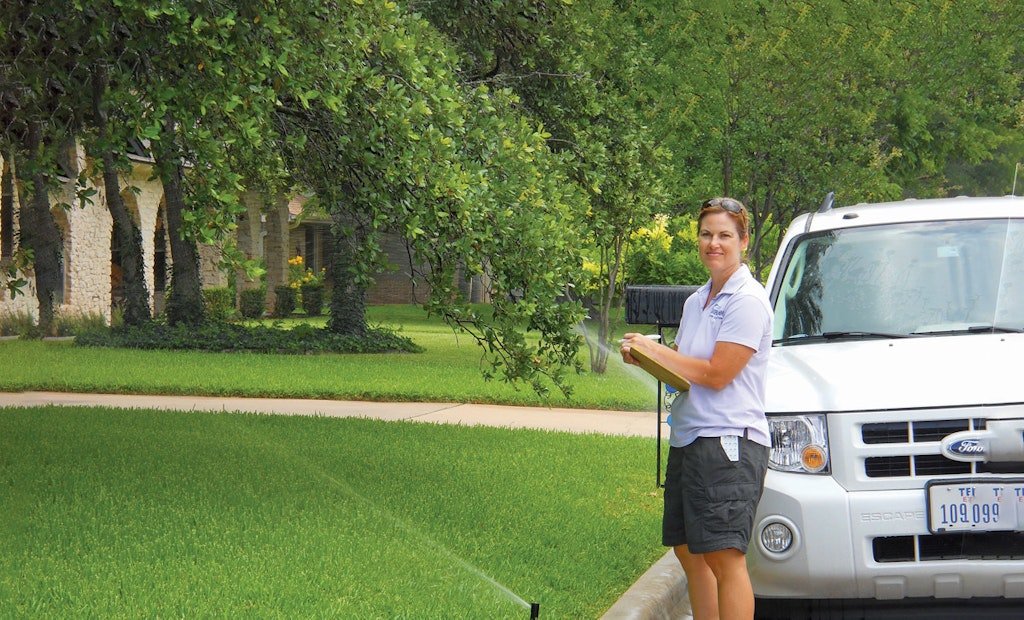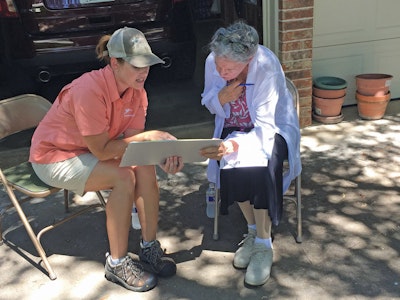
Jessica Woods, Round Rock water conservation coordinator, visits customers to advise them on how to set their irrigation systems for better water efficiency. (Photos contributed by the Round Rock Utilities and Environmental Services Department)
In the drought-prone region between Dallas and Austin, the water utility in Round Rock takes water conservation seriously.
The utility encourages conservation by promoting reuse water, having a tiered rate structure, educating residents on smart irrigation, promoting water-saving...







